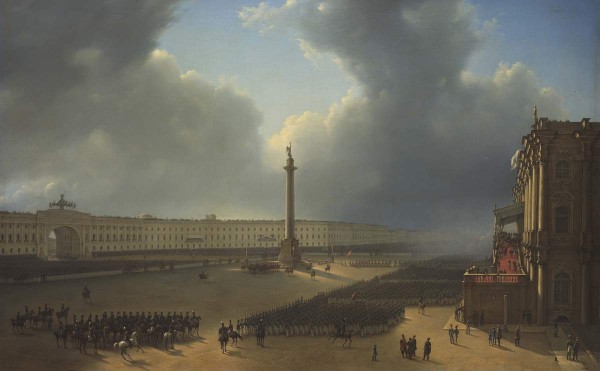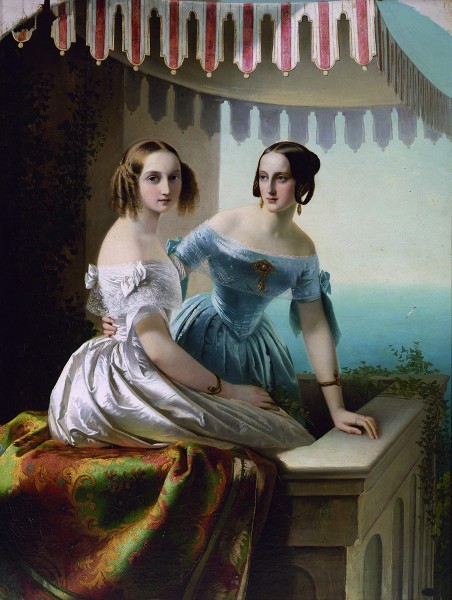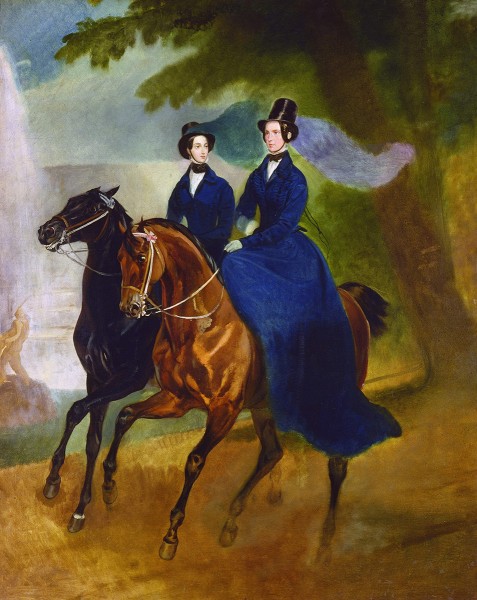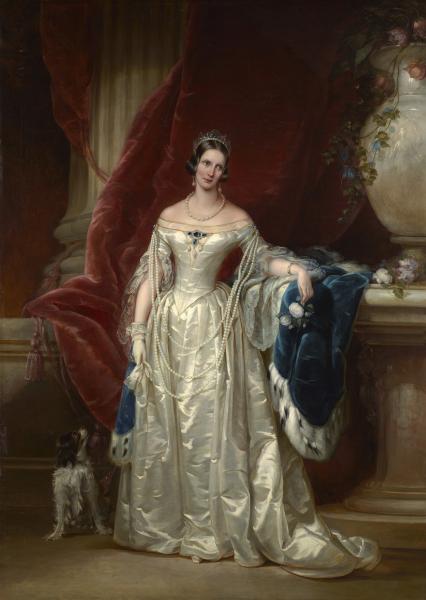The artist is Chernetsov

In the picture of 1839, the court artist g. G. Chernetsov depicted a “ordinary” parade – one of those that were appointed during the names of the monarch, to commemorate military victories, memorable dates, in honor of the arrival of crowned persons. The very beginning of the parade is depicted: the guard regiments were built, guns scorch, the procession of palace grenadiers is sent to the Alexander column with an honorary guard of the palace grenadiers.
In 1834, by decree of Emperor Nicholas I, in memory of the victory of his older brother Alexander I over Napoleon in the center of Palace Square in St. Petersburg, a Alexander column was installed. This monument supplemented the composition of the arch of the General Staff, which was dedicated to the victory in the Patriotic War of 1812. This important event in the life of the imperial capital did not pass by the attention. G. Chernetsova, who considered this monument, probably as evidence of a successful solution of a complex engineering problem carried out under the leadership of the architect about. Montferrana. After all, preparations for the installation of the column and its four -hundredth granite foundation took more than three years.
At the top of the columns installed a seven -meter sculpture of an angel of work b. Orlovsky. The face of the angel at the request of Nicholas I was devoted to the features of Alexander I. A figure of Victory is placed on the bas -relief from the building of the main headquarters. From the side of the Winter Palace – two winged figures with the inscription: "Alexander I Grateful Russia". Figures of justice, wisdom, mercy and abundance are depicted on two sides on bas -reliefs.
It is interesting that during the reign of Emperor Alexander I himself, in the 1810–1820s the idea appeared to erect a monument in St. Petersburg in honor of Russia’s victory over Napoleon. But the emperor did not support this idea. His dictum is known: "Exposing my perfect gratitude, I convince the state classes to leave it without any performance. May I build a monument to me in my feelings for you! Let me bless me in my hearts, as I bless in my heart! Let Russia be prosperous, and may I be necessary for me and over it the blessing of God!".
The project of the monument was adopted only at the next king, Nikolai I. In 1829, the work on its creation was entrusted to Auguste Montferran. By this time, the French architect had already developed a project of a console monument dedicated to those killed in the battle of Leipzig, and had rich experience with granite monoliths during the construction of the Isaac’s Cathedral. The famous architect was so imagined by a monument: "A column of Troyan appeared before me as a prototype of the most beautiful, that only a person is able to create this kind. I had to try to come as close to this majestic model of antiquity, as was done in Rome for the Antonin column, in Paris – for the column of Napoleon".
Written. G. Chernetsov later in the footsteps of this event, the picture was a reminder of the descendants of a solemn event that took place on Palace Square: in front of the Alexander column, in front of the arch of the General Staff, columns participating in the parade were lined up. The presented canvas does not go beyond the art manner of g. G. Chernetsova of the 1830s. According to the exploration of the researcher of Russian artistic culture,. YU. Sternina, the artist, working on his picture, could observe the birth of another canvas on the same plot, created by a neighbor in the workshop by the French painter A. And. Ladürner and also stored in the Russian Museum. Works and other artists were devoted to this important event – g. G. Gagarina, a. Denisova, l. Bishebua.


